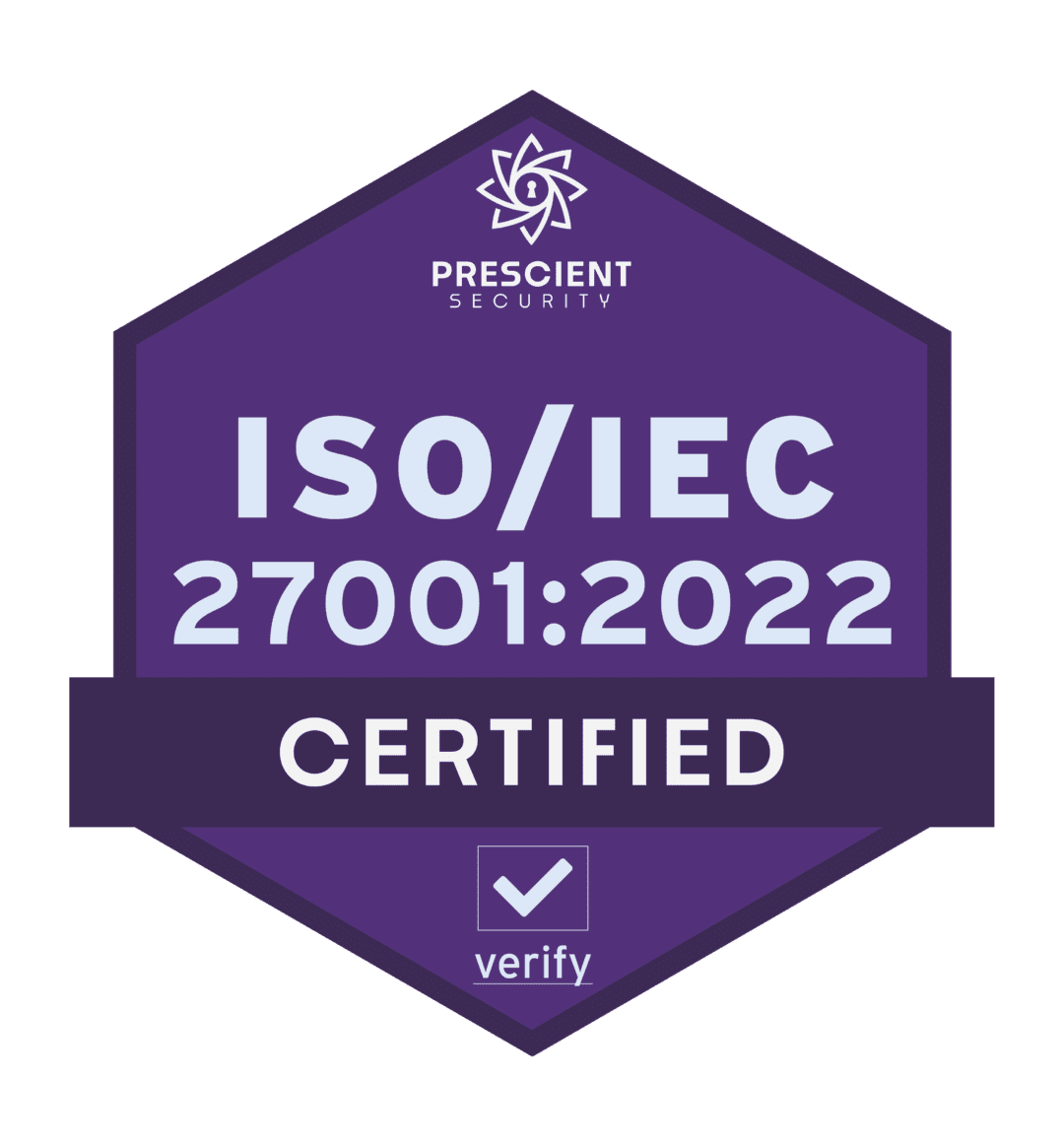Creating quality content that draws in readers and brings more traffic to your website is the essence of SEO. Content and SEO allow you to boost traffic organically. But constantly generating new content is no easy feat. It takes a considerable amount of time and effort to write fresh, new content every day, particularly while you are trying to run other aspects of your business. You want to keep your clients engaged and interested regularly, but creating enough valuable content to meet that goal can be difficult.
And while content is essential to SEO, the good news is that it doesn’t need to be entirely new content every time you create a new post or webpage.
Content creation often takes up so much time that it might as well be considered a full-time job. In fact, it is! People work as content creators for a reason. Even though it can be time-intensive, it doesn’t have to be.
There are, in fact, ways in which you can ensure your content draws in readers and consumers without writing something brand new.
Taking a single content piece and repurposing it into multiple is an SEO art that can work wonders. It allows you to scale across many different platforms, helping to build brand awareness. Not only can you generate more content with less effort, but you can also expand your target audience by capitalizing on different forms of content.
It’s actually very surprising the amount of content you can potentially generate from just one initial piece of work.
Maybe you posted a single video that took hours to research and record, but from there you were also able to generate 10 blog posts and numerous social media posts, too.
A common oversight of businesses is the failure to develop multimedia content; you might focus so much on text and photos that you forget about videos, podcasts, and social graphics. Lucky for you, there’s a little industry secret we want to let you in on – you can get 20 times as much out of one piece of content.
How?
Cut it, quote it, summarize it, transcribe it, record it, repost it, and boom – you just repurposed your content.
Okay, so it’s a little more complicated than that, but let’s break it down. With the amount of content posted online each day, quality now trumps quantity. Of the roughly 6,000 Tweets posted every second worldwide, your content needs to be good enough to generate genuine interest from your followers, and text alone won’t get you very far.
Let’s explore how you can take one piece of content and expand it into multiple pieces all without overwhelming yourself. If you’re having trouble repurposing content, follow this step-by-step guide on how to repurpose it:
Step 1: Start with a video
To start things off, you’ll need to create that one extra-special piece of marketing content. This will be your home base from which you pull all of your snippets and clips, so you’ll want to give yourself a good amount of content to work with.
Decide on an exciting and relevant topic. If you’re comfortable filming it by yourself, just launch right into it – you can always edit later. Set yourself a timer to talk for at least three minutes and then go back and watch. Decide which parts you liked, which you didn’t, and feel free to try again.
You might find that an interview-style video is easier. Team up with someone relevant to your industry and ask them questions to spark a discussion on video. You’ll be surprised to see how easy it is to get the conversation going!
A large number of people absorb content far better and stay much more engaged when watching a video than reading text. Video is an optimal way to get your ideas out there and draw in new people to your audience, and you can easily generate great video content without professional equipment or any experience. There are plenty of easy-to-use tools you can use online. YouTube is one of the most popular search engine websites.
Step 2: Transcribe your video to text
You might be surprised by how much text content comes from a single video. You can decide to either post your transcribed video as a single blog article or you may want to break it up into a series – that way, you’ll have a lot more content to repurpose.
One of the beauties of this kind of multimedia marketing is that you can release very similar content, without anyone noticing or. Your audiences can read written blog content and possibly learn something they didn’t pick up when watching the video.
Ideas for text content repurposing:
- Pull quotes and make social media graphics
- Compile a list (or steps or a checklist – whatever makes the most sense for your text) and turn it into a downloadable PDF
- Elaborate on the text to create an ebook
- Update old content on your website or in old blog posts
Step 3: Pull the audio
Turn your original video into a podcast! The audio from your video is perfect. Use as podcast content. You can stick with the full length or go with a shorter version; either way, you have the audio – use it!
Some businesses don’t feel the need to enter the podcast arena, which is why it’s still such a lucrative market. By 2024, the podcast market is expected to reach 100 million listeners.
Podcasts are particularly great for those that are either visually impaired or simply prefer to listen to content instead.
Step 4: Start to extract smaller pieces of content
Now that you have audio, video, and text, you can start to extract smaller pieces to use as social media content, email and website graphics, etc.
- Export short cuts of videos to share on your socials (make sure to look up dimensions for post and story sizes)
- Use short excerpts of copy to make quote graphics
- Create audiograms of your podcast audio
- Share long-form content from the transcript to social channels like LinkedIn where they will perform well
Step 5: Optimize all of your content
Creating fresh content with a new format will help with your SEO rankings as well. To put it simply, search engines like Google and Bing want to provide the best search results possible, so the more they know about your company and your content, the better.
A wider variety of multimedia content gives the search engine a much more complete picture of who you are and what you do. Ensure you’re taking advantage of metadata, keywords, topics, and hashtags whenever you post your content. Get your videos on YouTube and your audio on Apple Podcasts. Do everything you can to make sure that audiences can access your content on a variety of platforms.
Content creation can be a tedious process, but multimedia marketing can help to push you ahead of your competitors. If you don’t have time to do it all, keep in mind that the key to consistent and relevant content is repurposing. Create 15 social posts from one blog or 3 video snippets from one informational interview – the choice is yours.
Most importantly: get in front of your audience. Your content assets won’t do any good if you don’t share them. Our suggestion? Email.
If you’re interested in learning more about how to optimize your content strategy with email, schedule a demo with the team at rasa.io.











